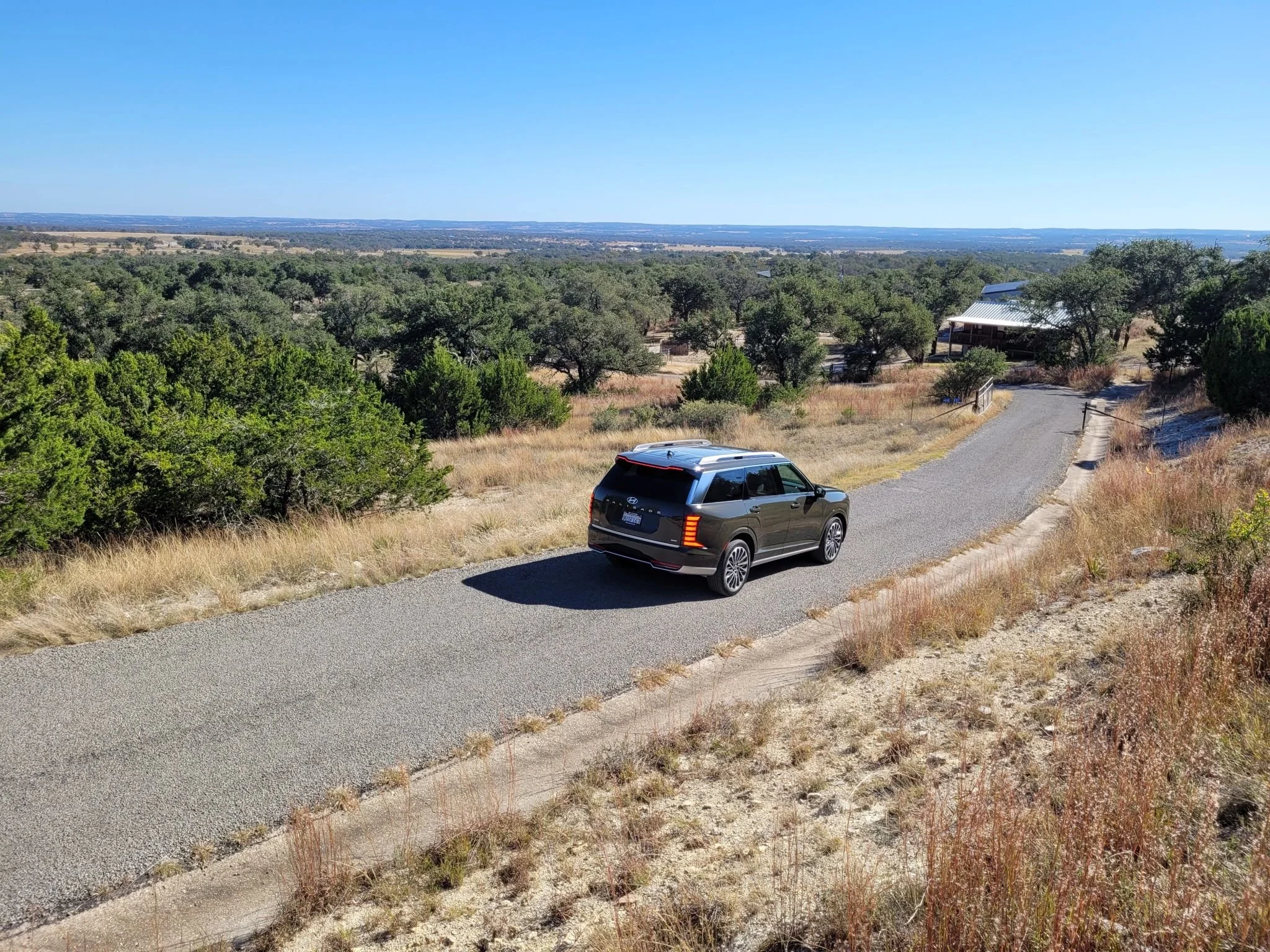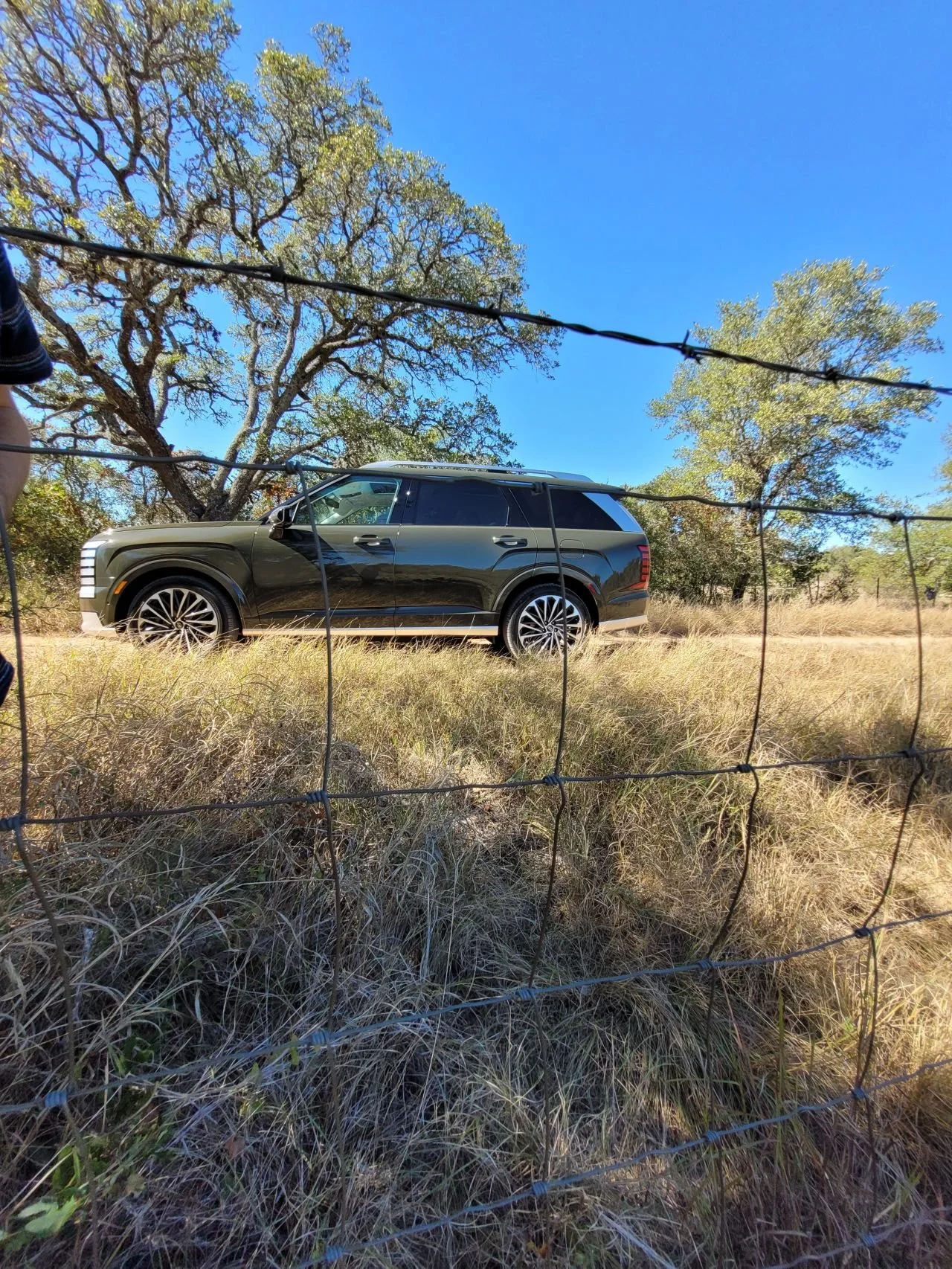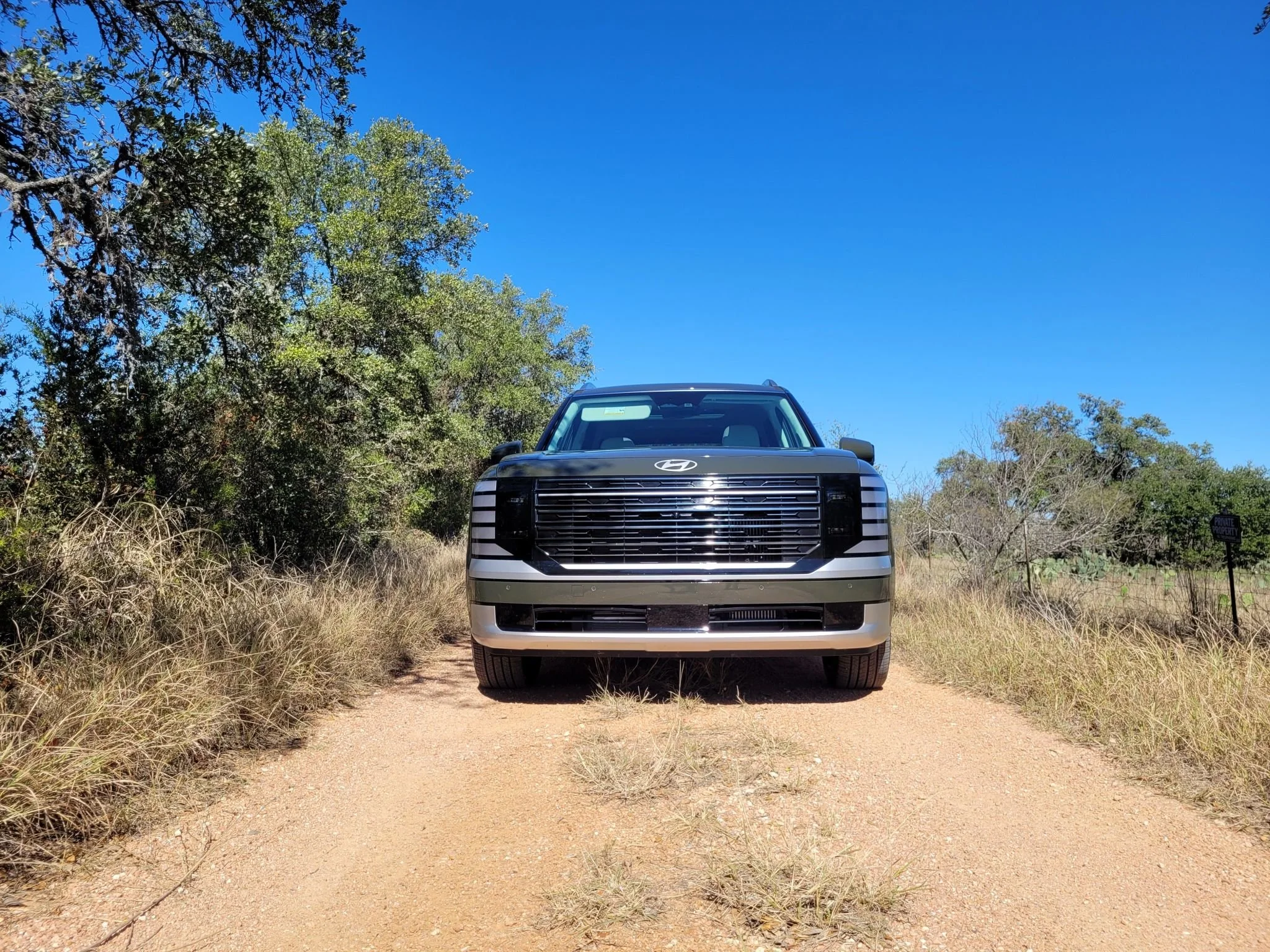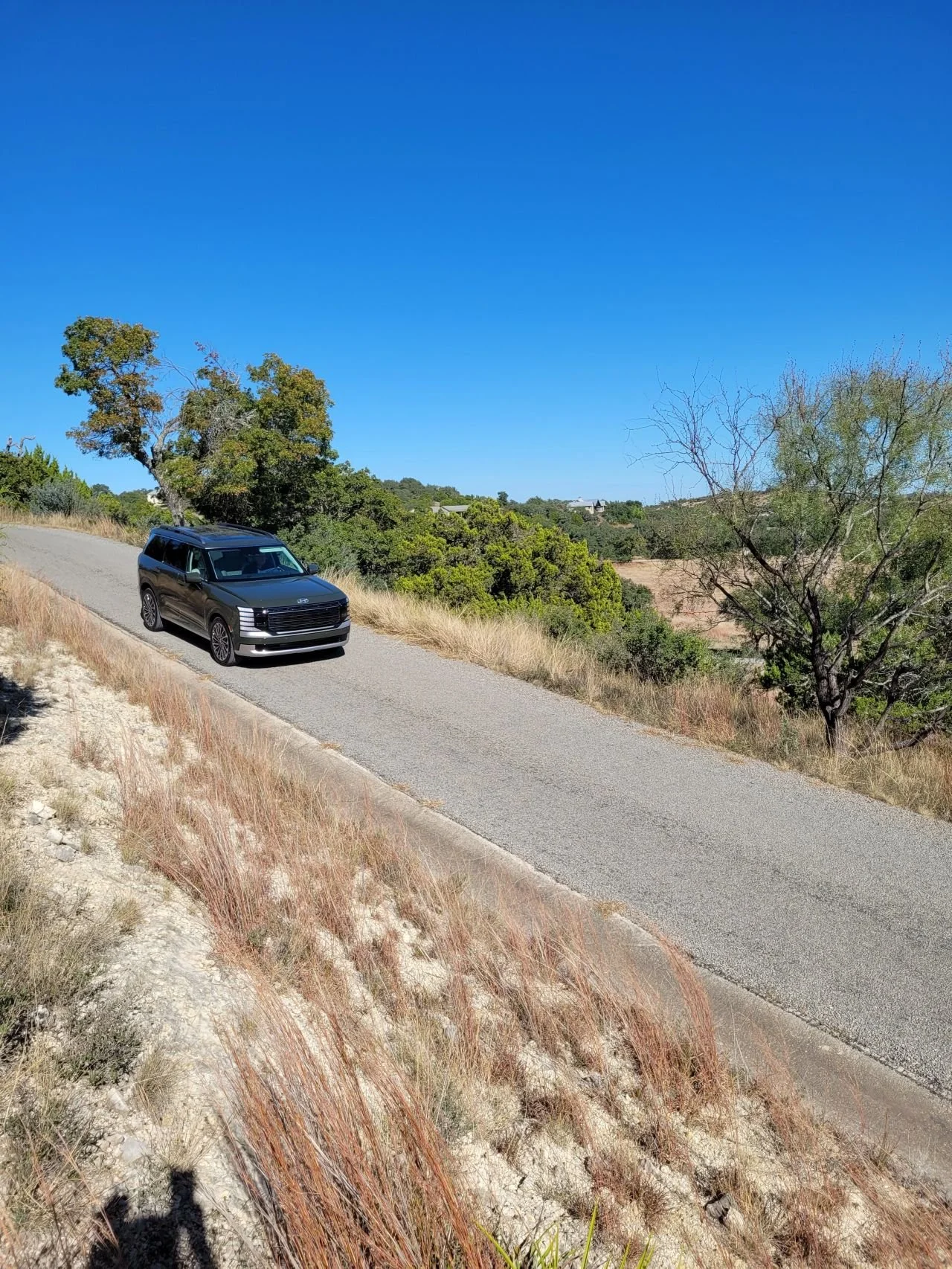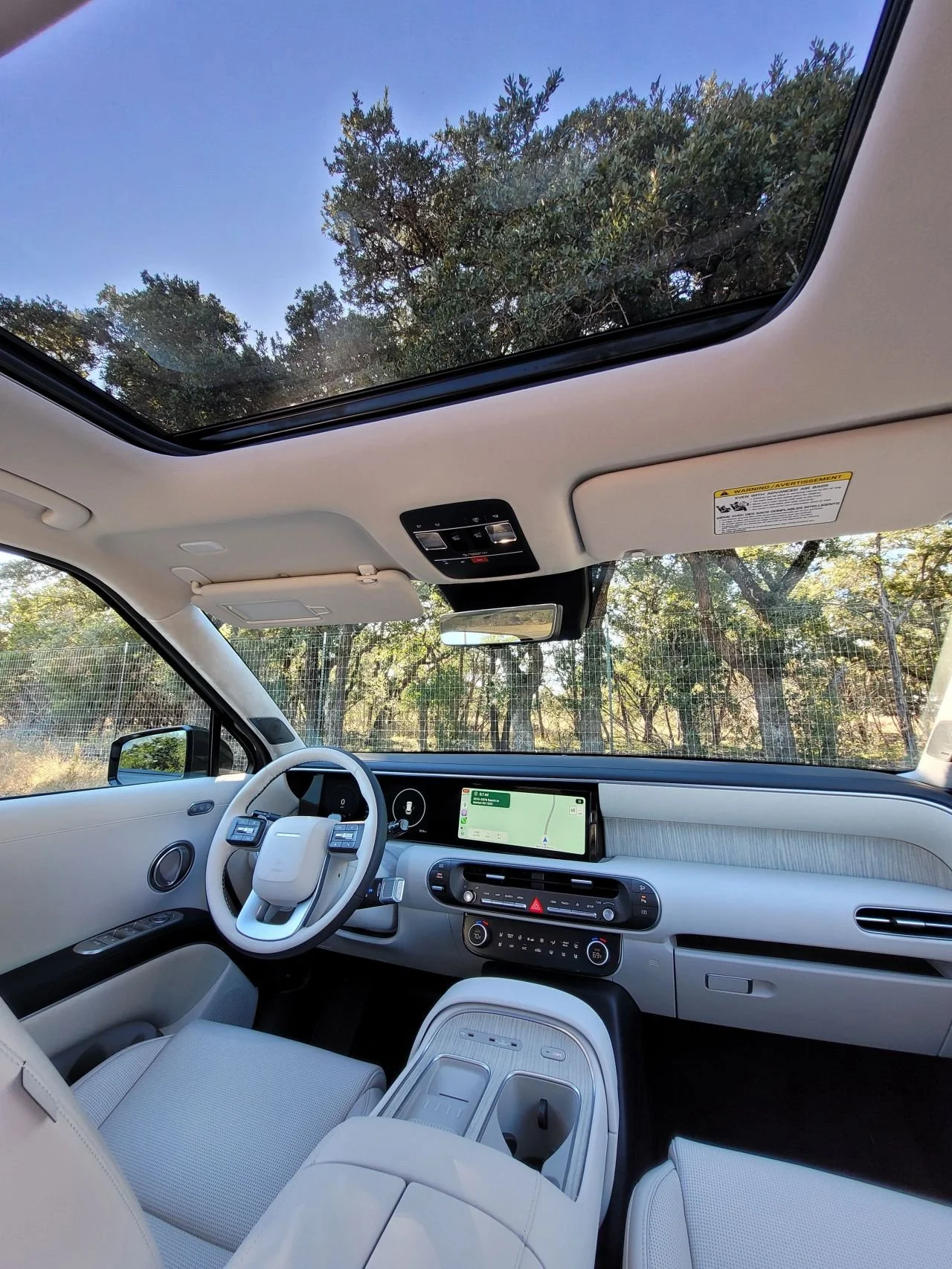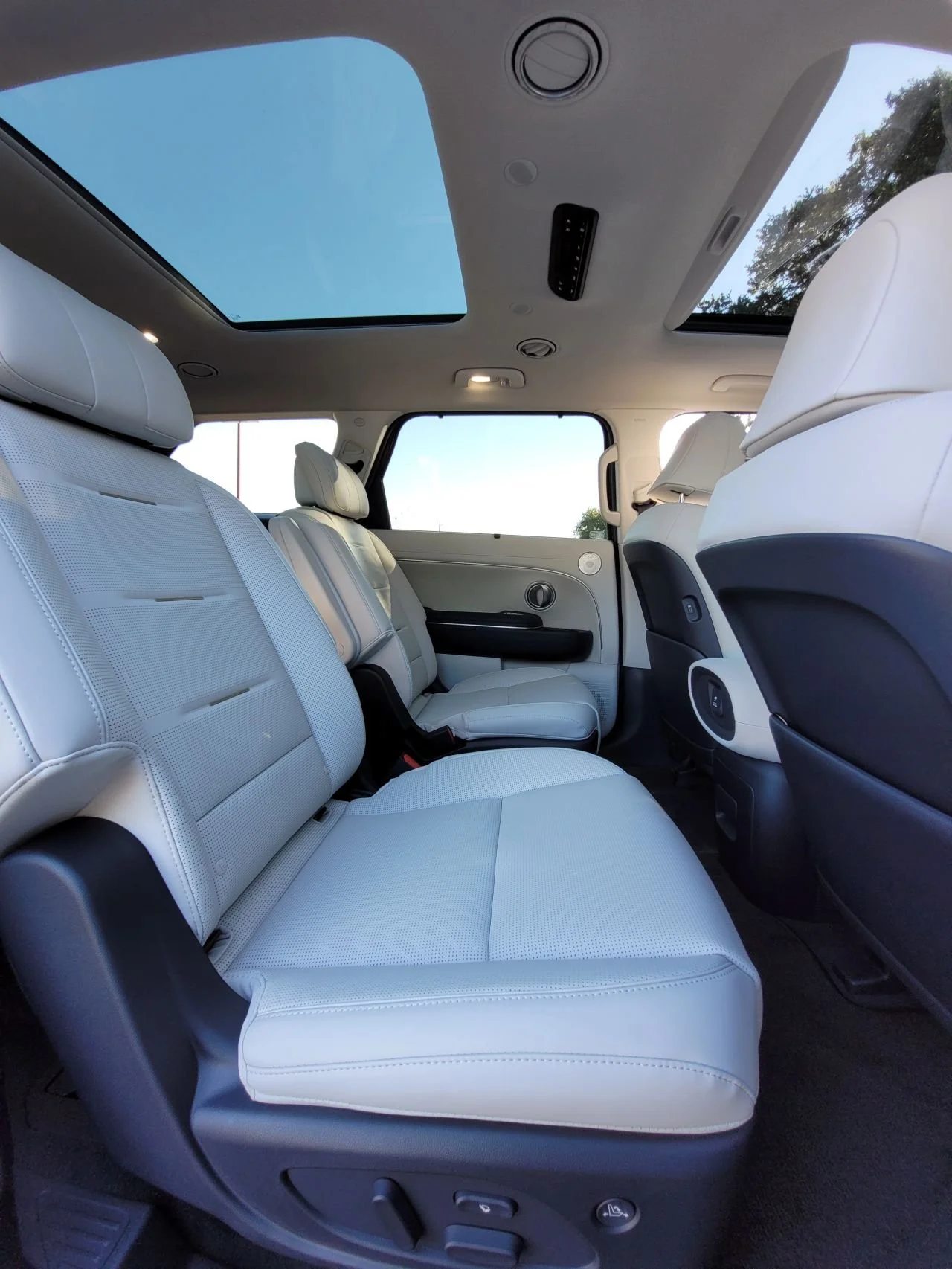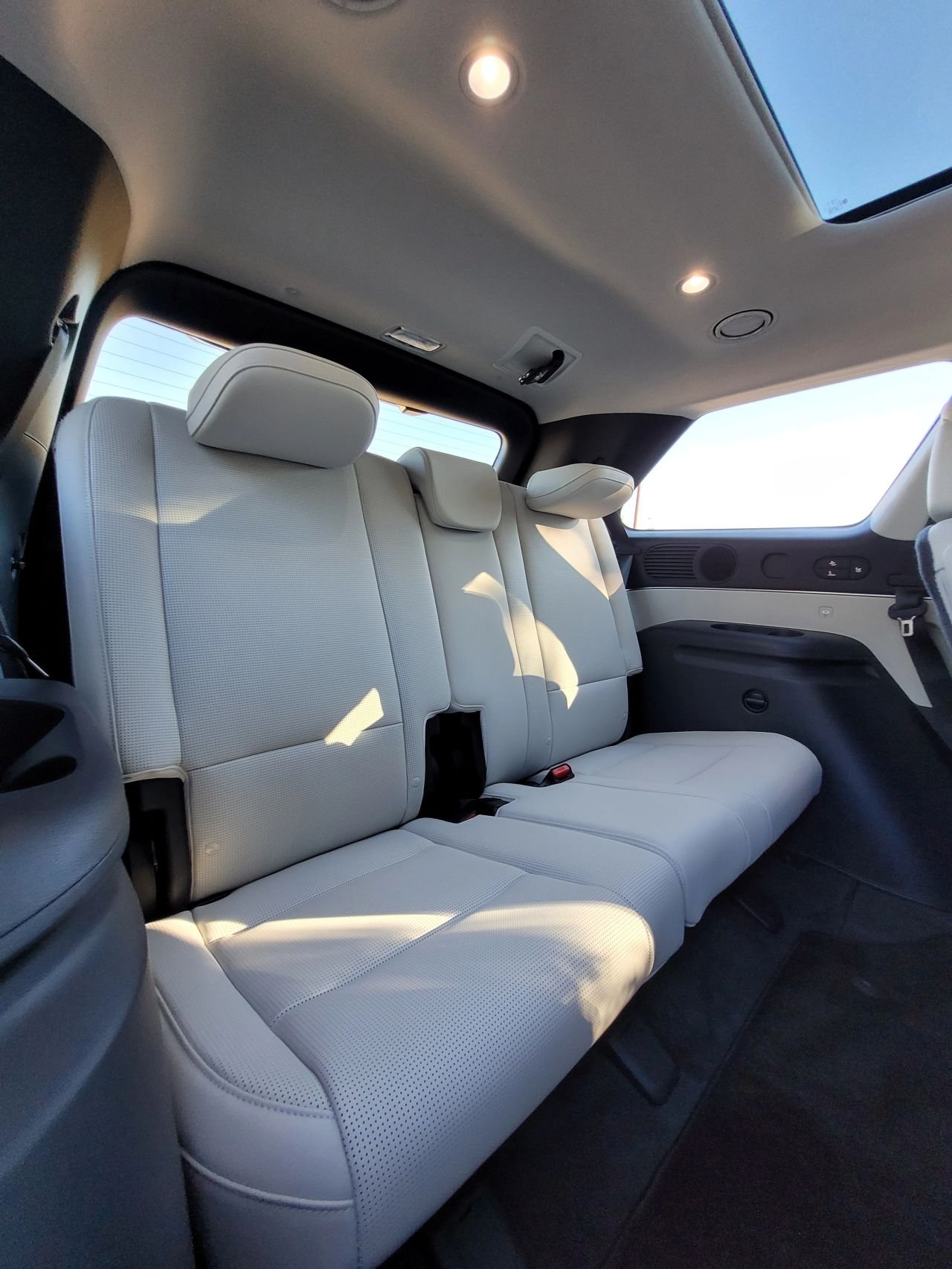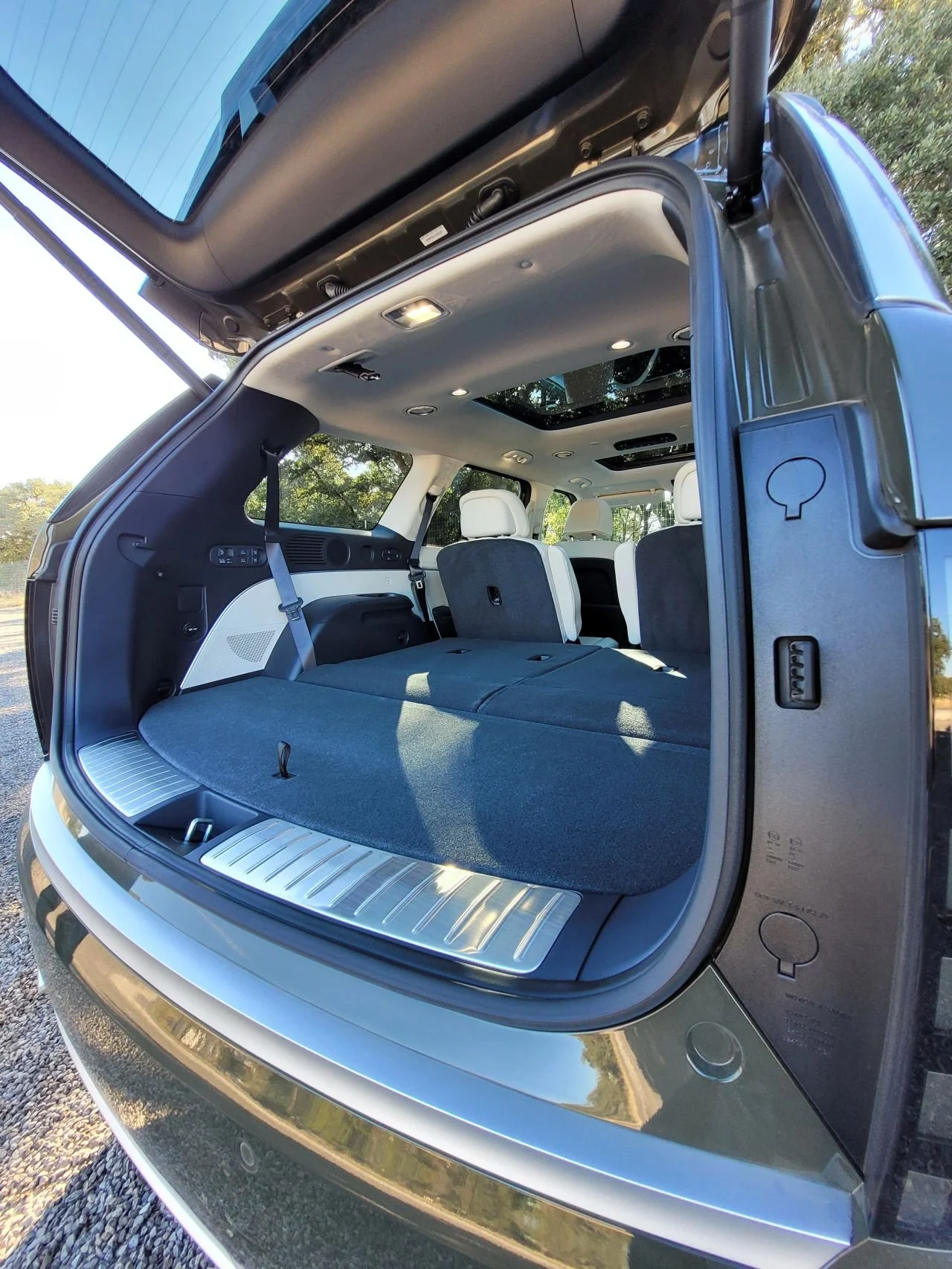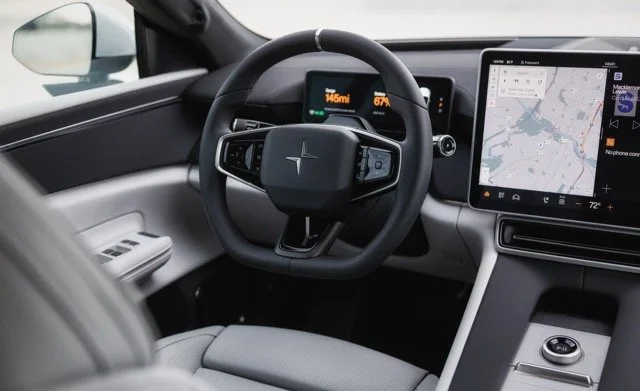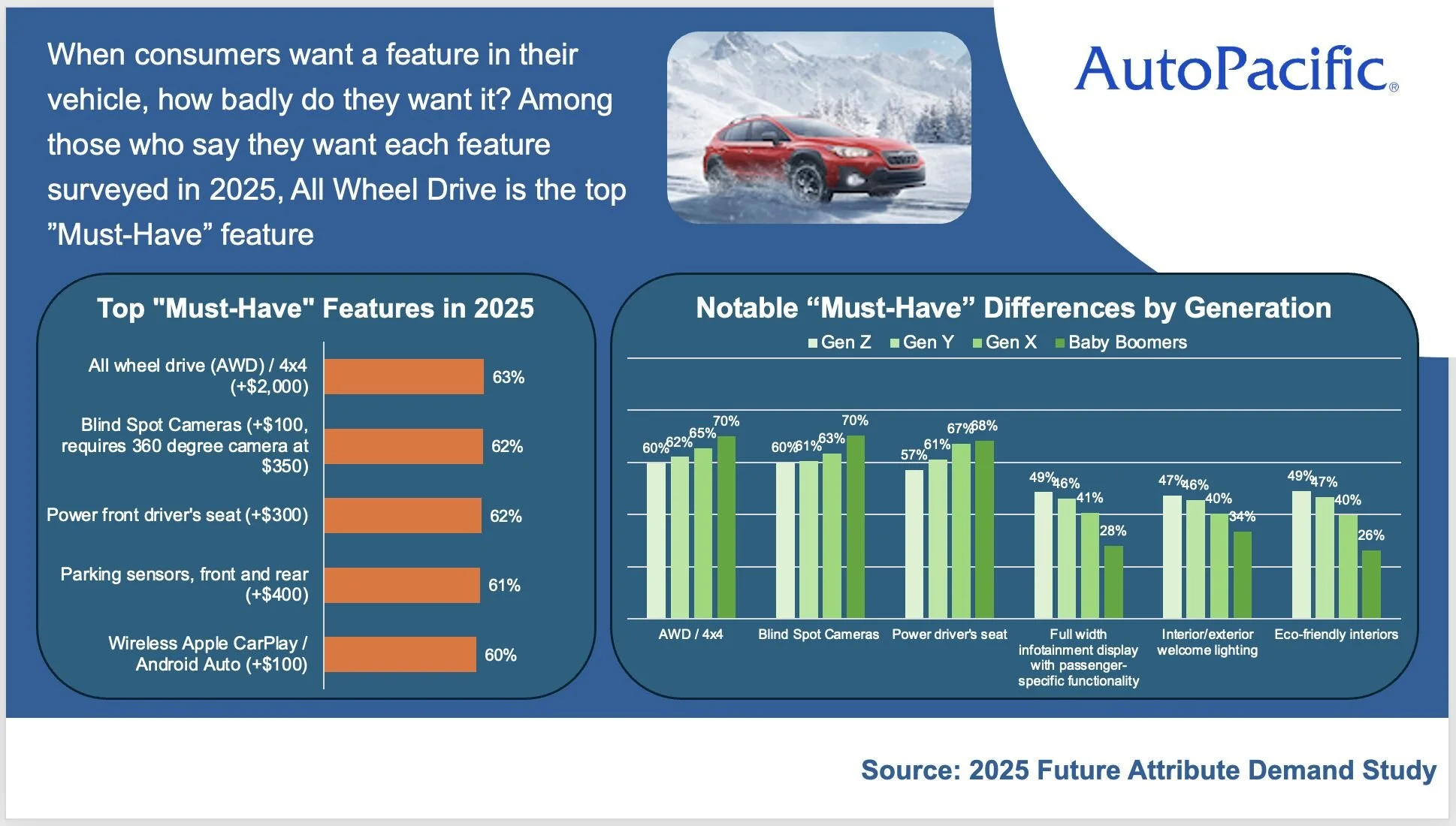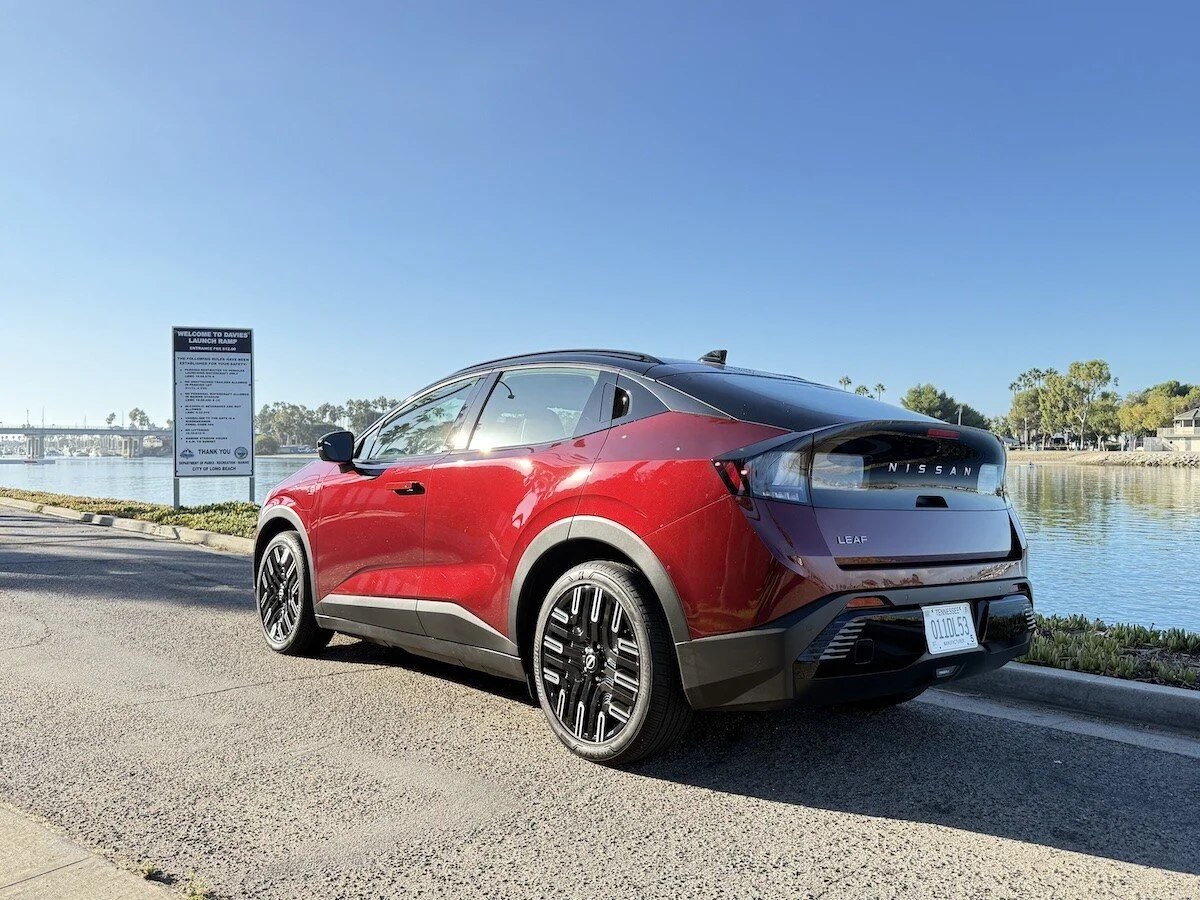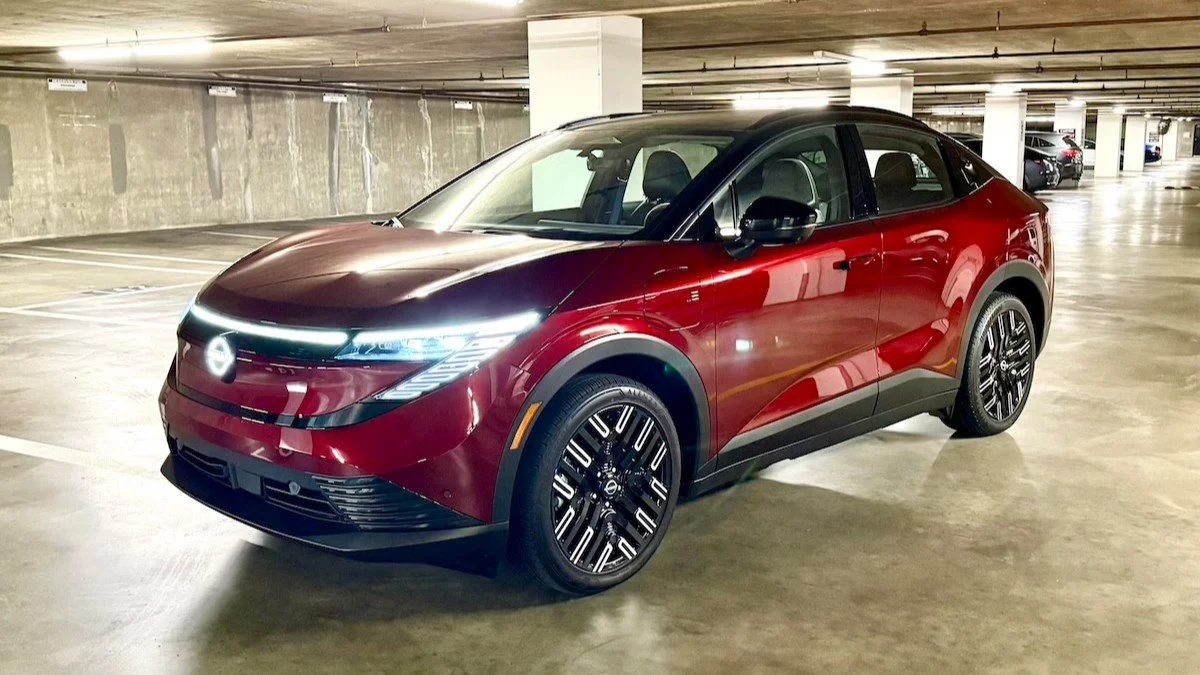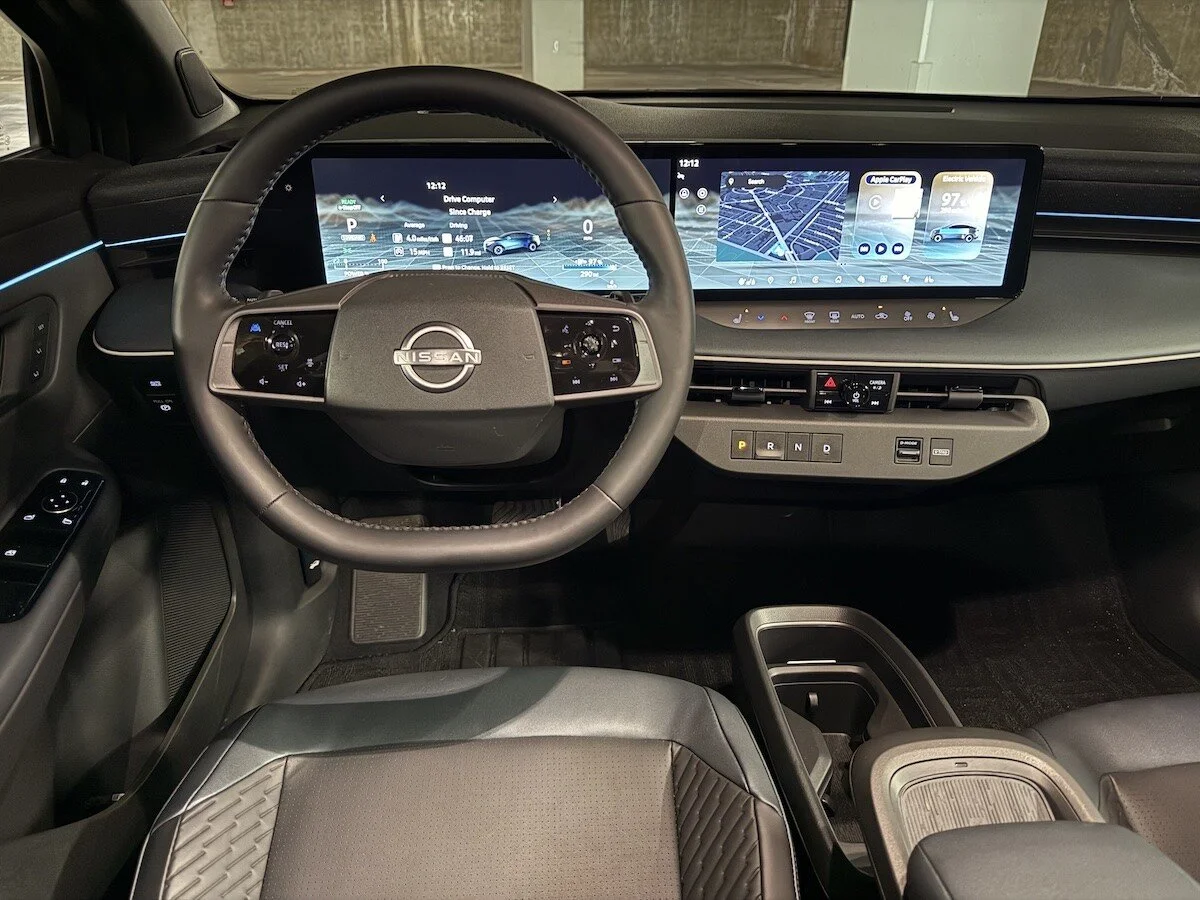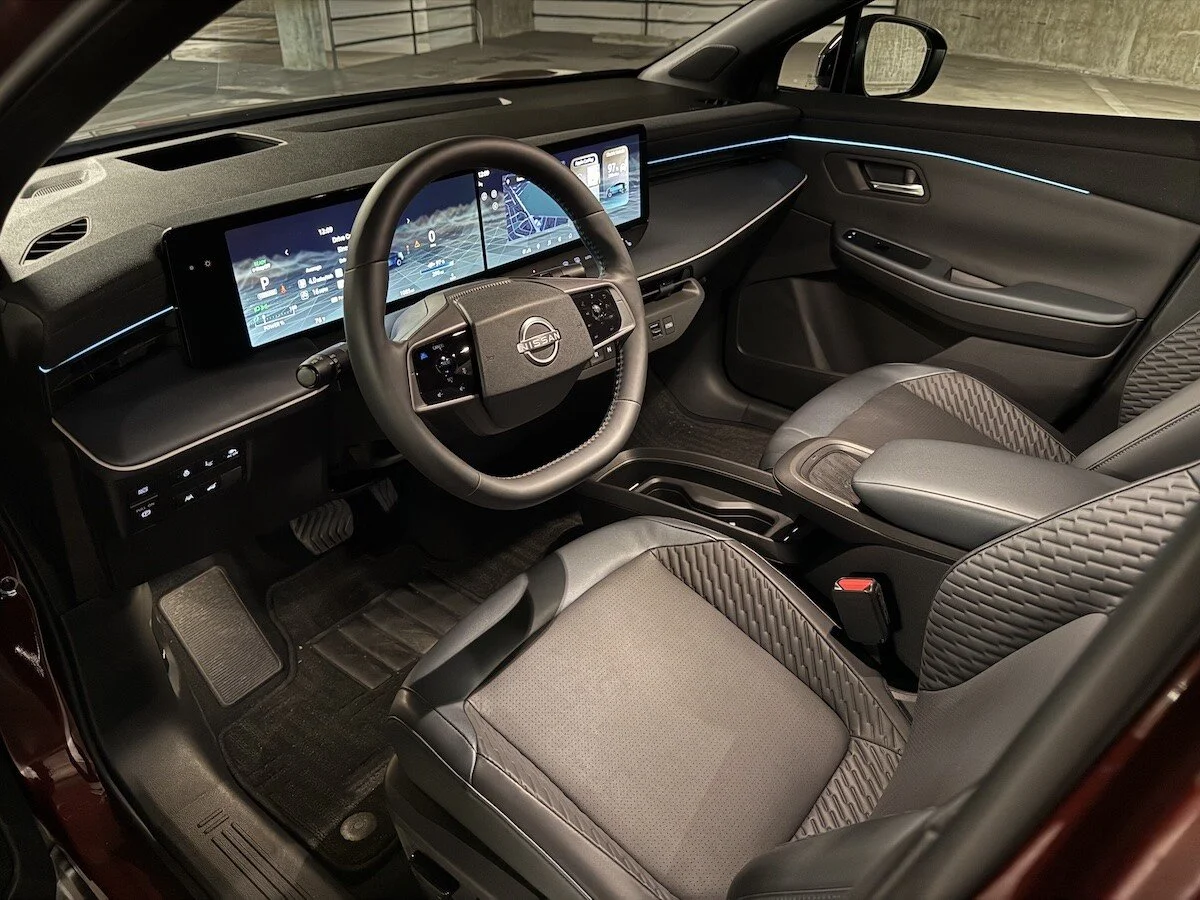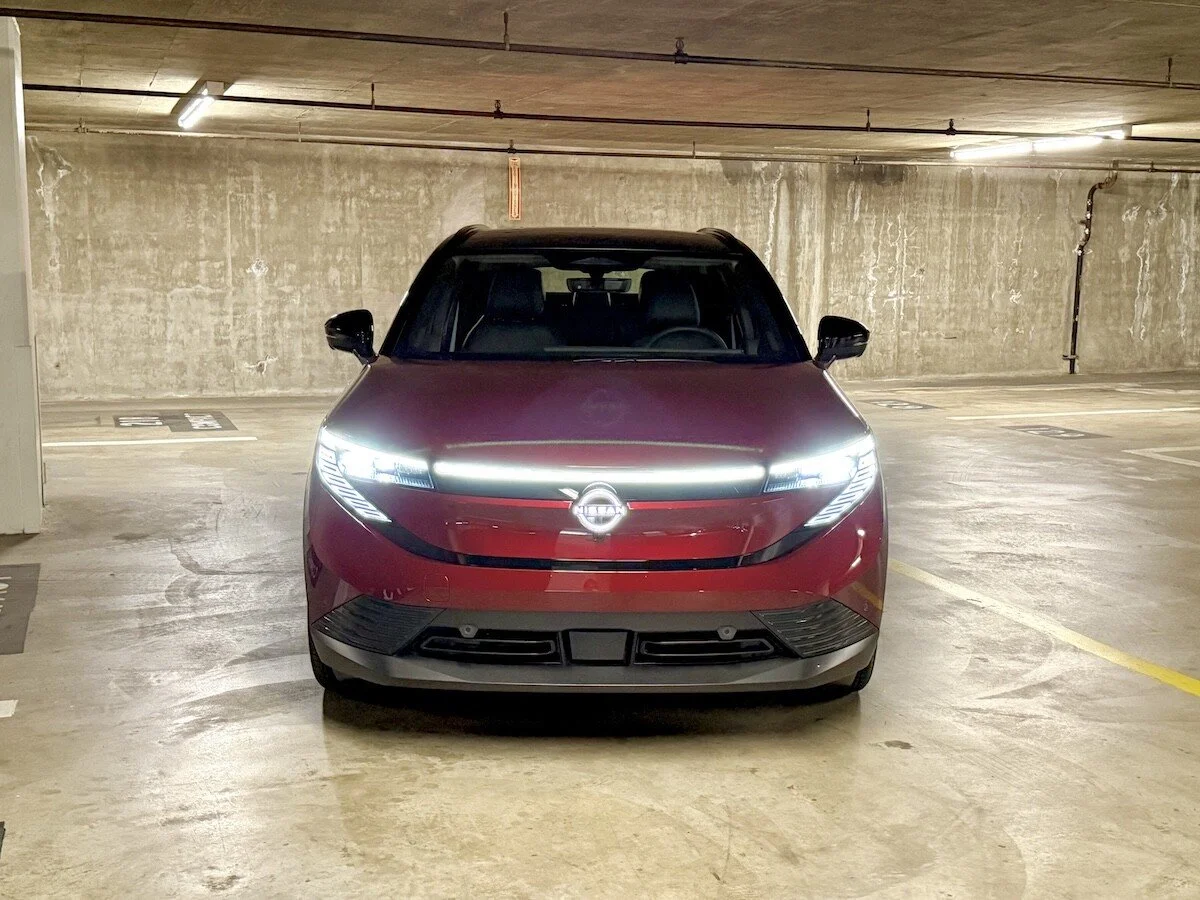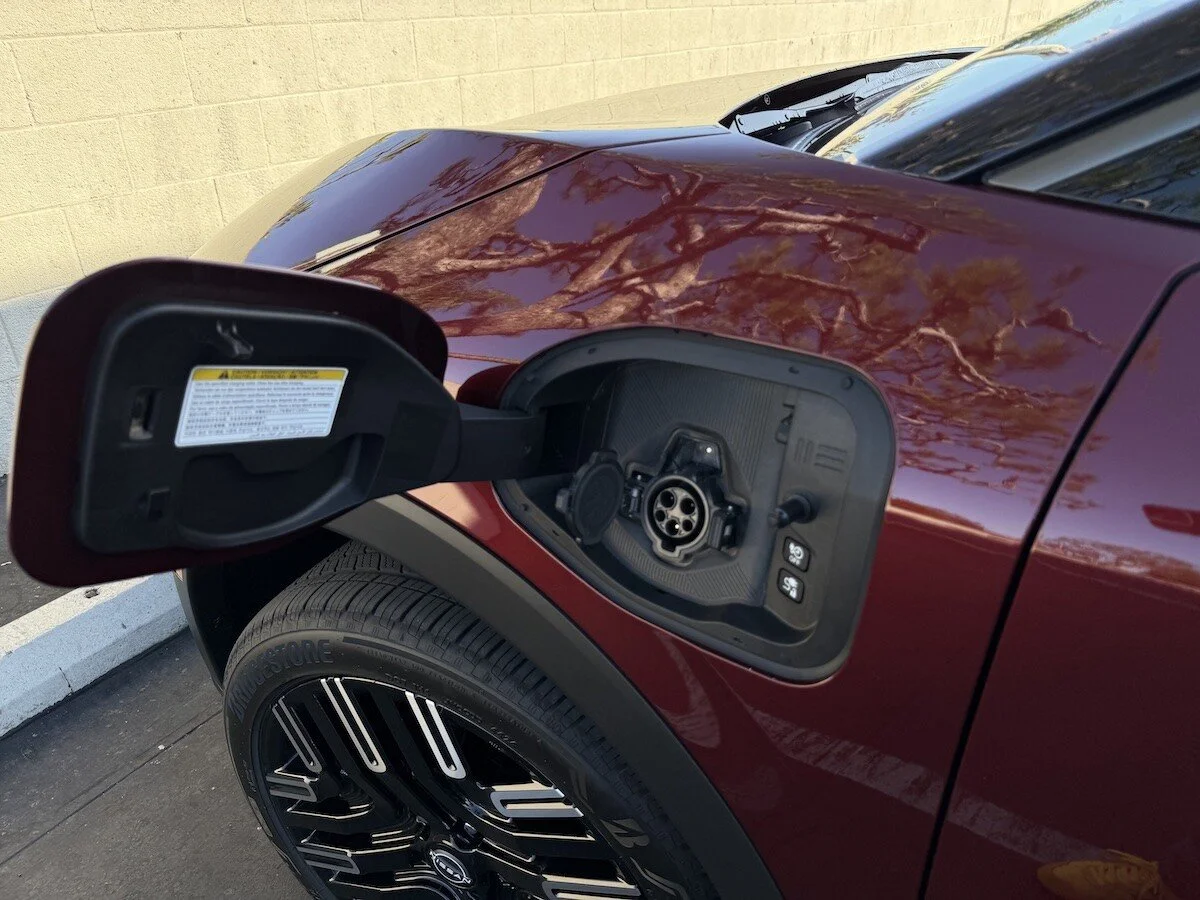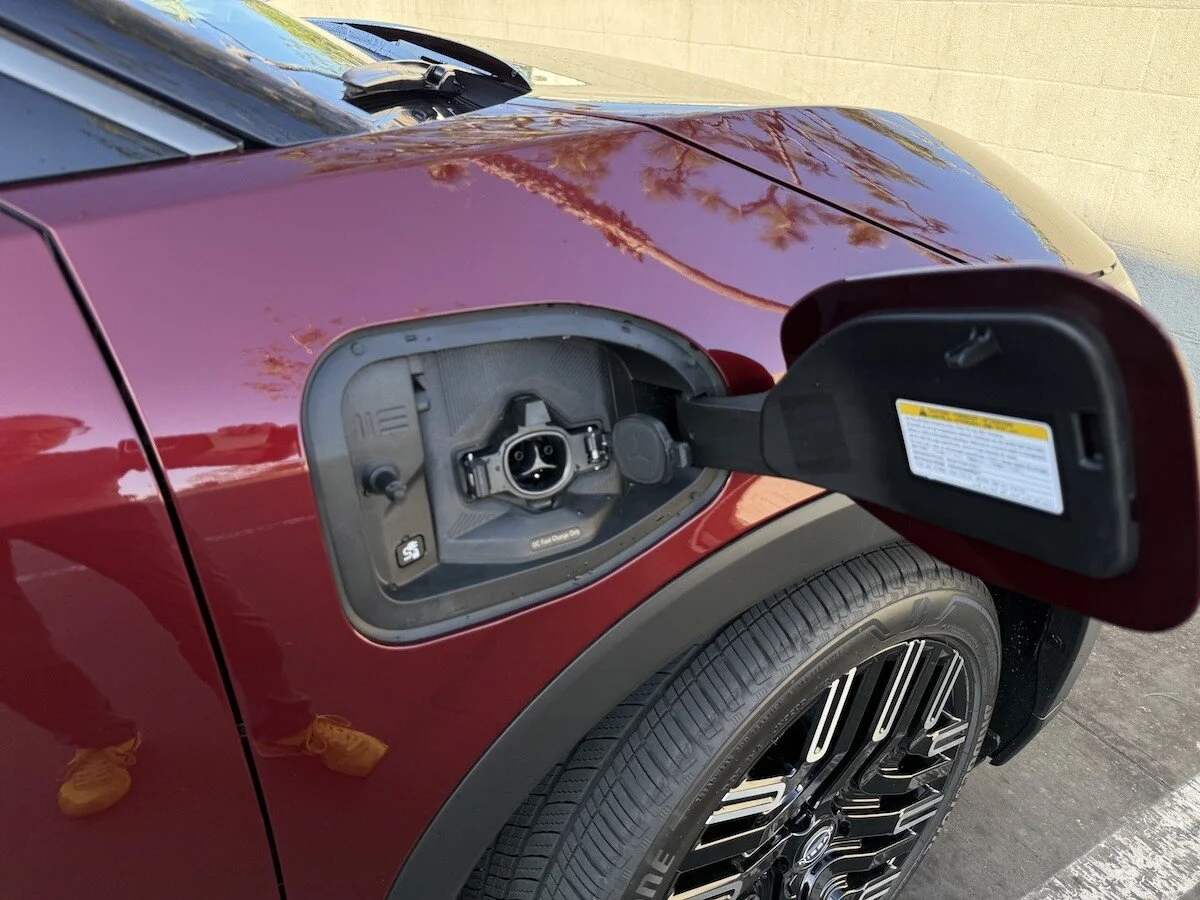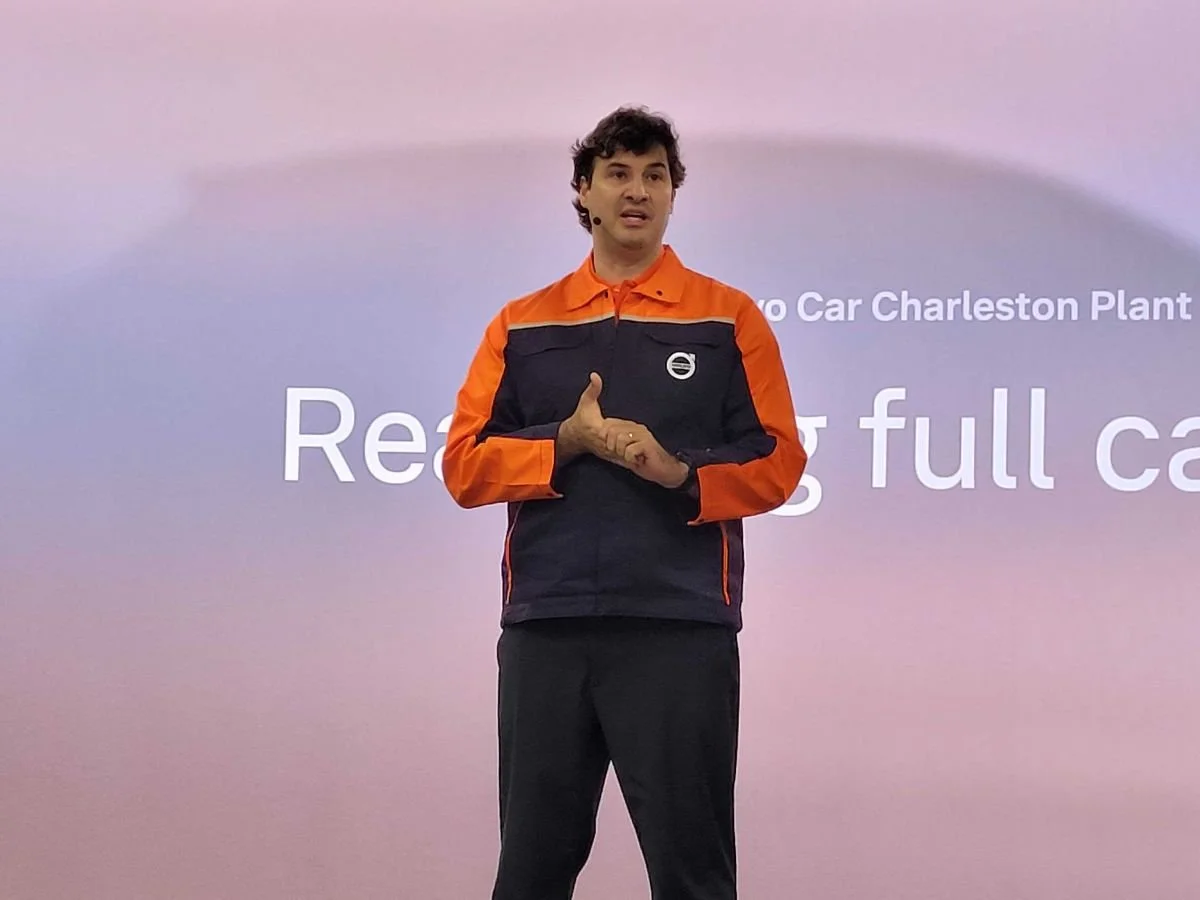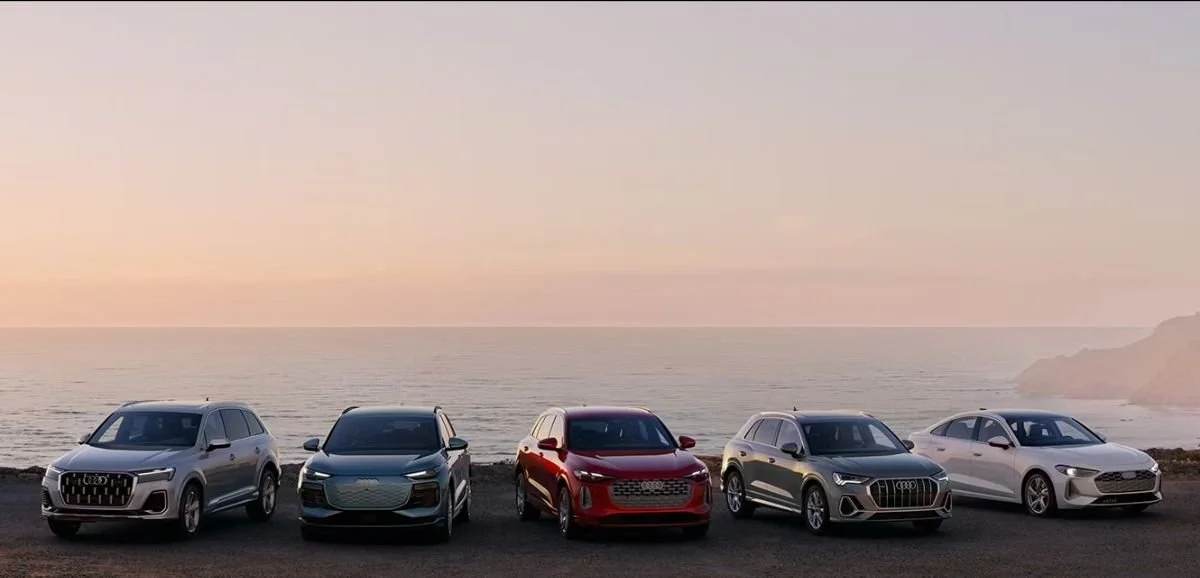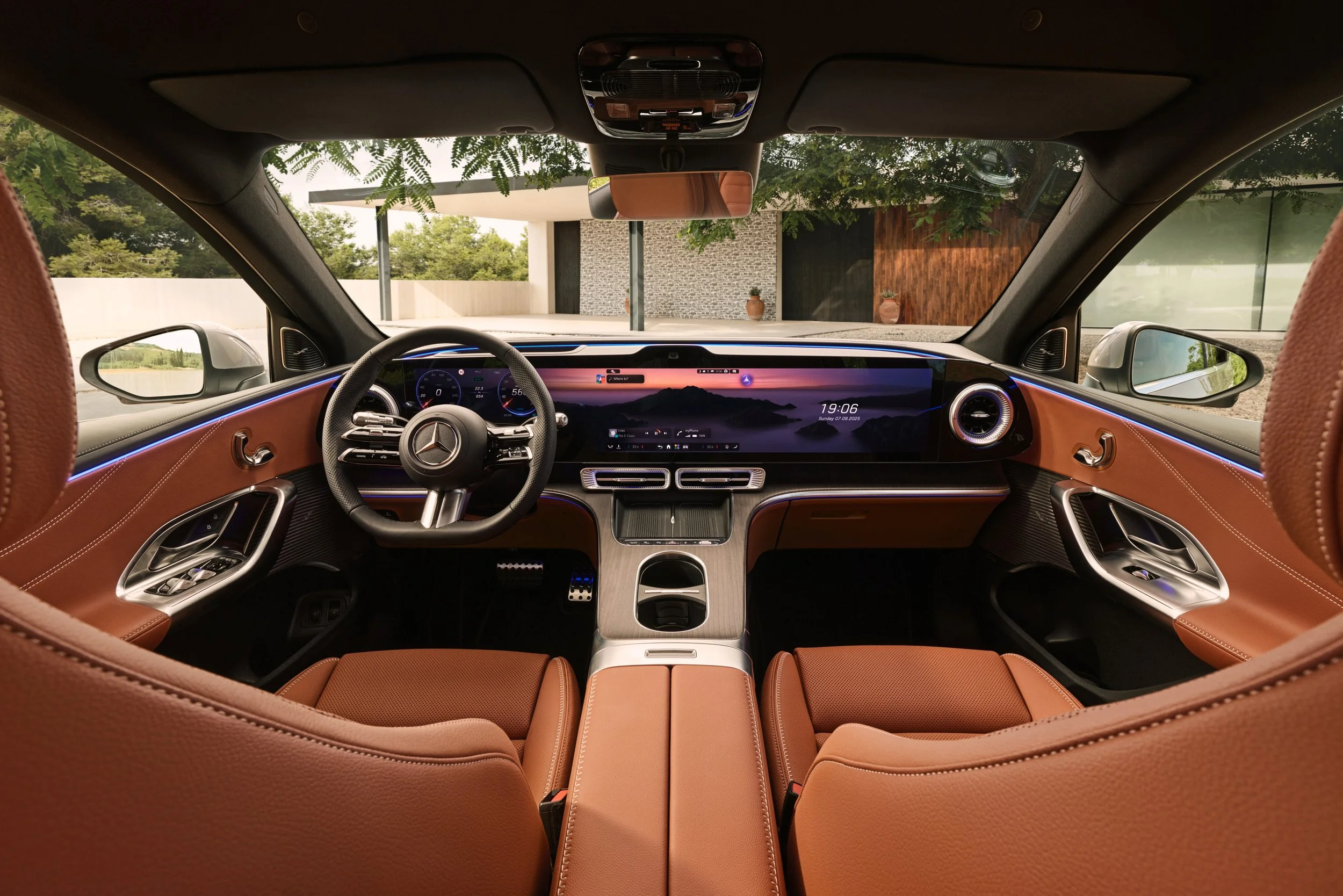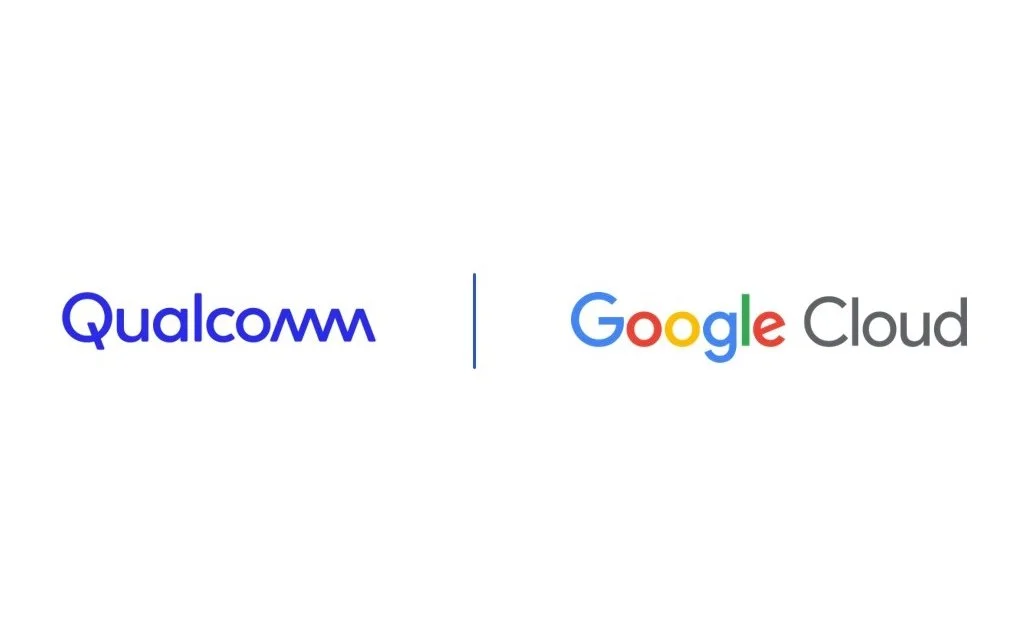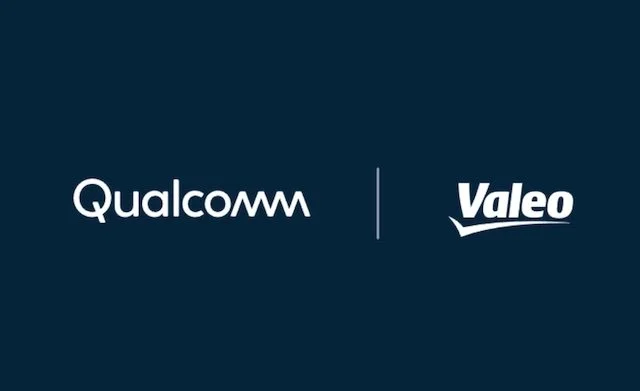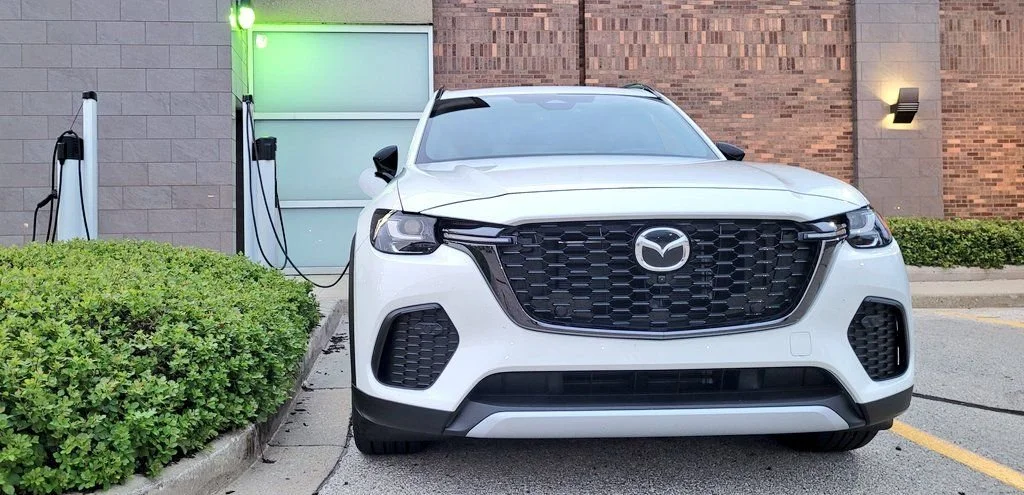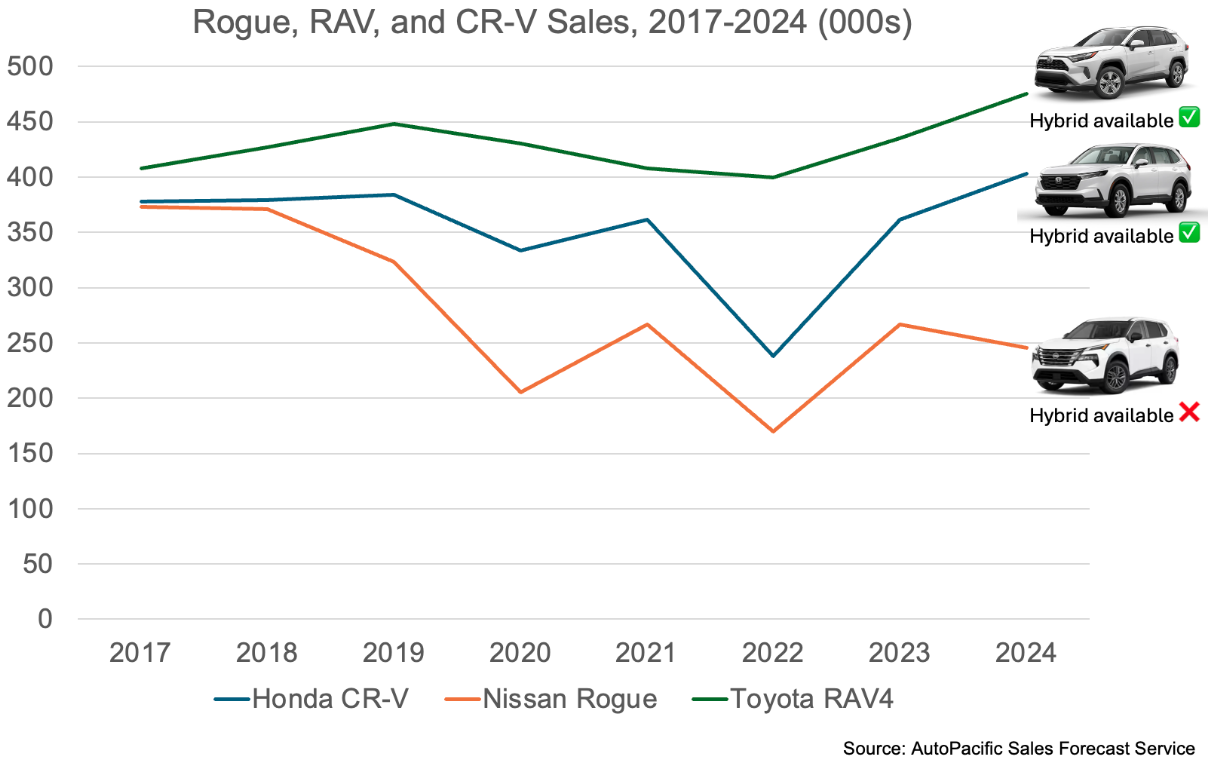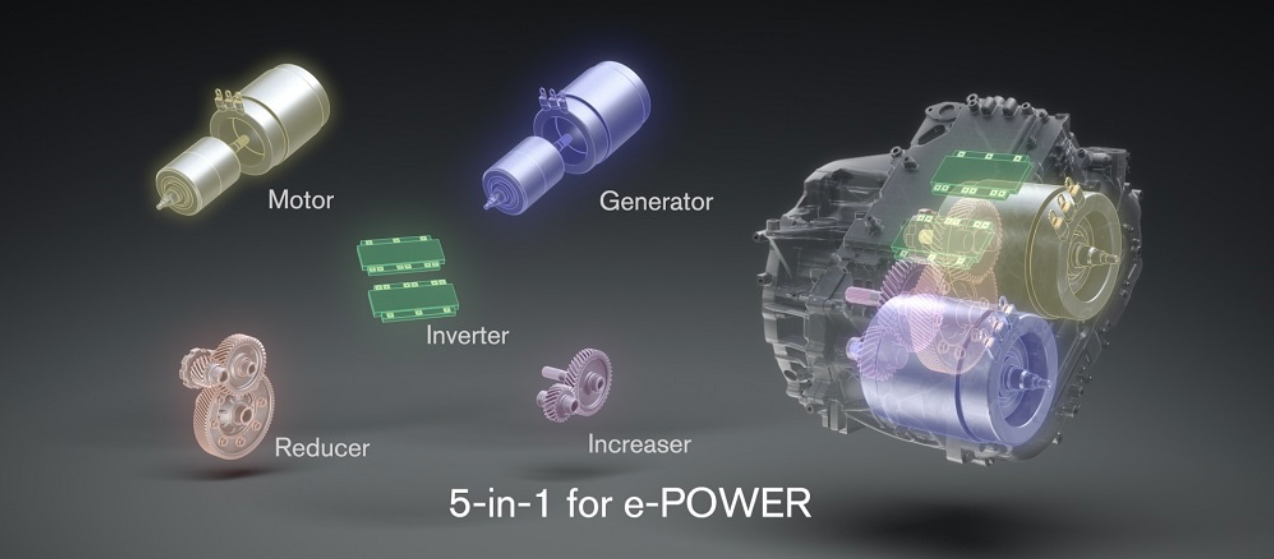During my recent hosted trip to the Charleston Plant, I sat down with Luis Rezende, Volvo's new President of Americas, to chat about the flexible path toward electrification, if sedans are coming back, brand identity, and much more. *interview edited for brevity and clarity*
Robby: Brand identity seems to be a struggle for some automakers, especially some of today’s luxury makes. I feel as if Volvo's own brand identity and personality are strong and unique enough to bring in new buyers and retain those repeat customers. How can you ensure that Volvo’s image is maintained heading into the rest of this decade and into the next?
Luis: That's a good one. I think safety is our DNA. It has been since our foundation in 1927. Our founders said, “Cars are driven by people, so that's why they must be and remain safe.” This is in our everyday, so we do really celebrate when I get emails about “Volvo saved my life.” It's something that touches us, and so it gives you a purpose to come to work every day. I feel proud of the people here building these cars, because it was designed and imagined like that. Volvo will remain very firm on this.
But not only that, our Scandinavian design makes us unique. We are the only one coming from that part of the world. Yeah you can say “Ah it's Europe,” but no, it’s like the U.S., Wisconsin is different than Florida. I think that's also a very important part of our DNA. On top of that: technology. We are becoming so strong on software-defined-vehicles that Anders was talking about including some bump in the history (the launch of the EX90 and its software issues), but the capability that the car will give is so much, because now we have a huge battery behind it, we have a computer with the capacity of processing data in a way that is it's never been imagined. I think all of these designs- when you have in mind Scandinavian design and safety as the backbone, and human-centric, this is the fundamental things that we will never change. No matter the CEO, no matter what is coming, this has been preserved. Even when I have a change of controls under Ford, Volvo AB, Ford, then the Geely group, and our listed company, we have never, ever lost this. I think that is one of the key elements that makes us different from the other brands, and that's why it’s so attractive and so respectful when you ask anyone about Volvo, their automatic response will be “safe” and the safe to why? Because we care about people. Period.
The other thing that we're going to do is how we're going to market this. That's a different way of exploring the message. We're going to treat the U.S. in a different way than has been done before. In my previous job, I was running 58 countries. Now we’re going to treat U.S. as “50 countries.” Again, Florida is different from your region, from California, from New York. Completely different approaches. This is what we're going to target. You will always see safety, Scandinavian design, and human-centric at the center; however, the approach will be a little bit different. Maybe more “cool” in Miami, maybe more “nature” in your region (the Midwest), maybe more “trendy” in Los Angeles. That's the way that Volvo will become, and you can already start to see how we are advertising this across. To me, it is one of the fundamental things that we're going to have.
R: I feel when I’m behind the wheel of a Volvo, compared to say a Mercedes-Benz or a BMW…that human-centric design you spoke about is so evident, inside and out. I feel calm and at ease. The interior space is focused on me...I'm comfortable and safeguarded.
L: Every function that we have must have a meaning. This is Scandinavian design. We don't do things because it’s “bling-bling” or lights because it “should be lights.” No, everything has a meaning inside the car. When you do that and people perceive it, the value of the product you have is just amazing.
The value goes even further in an EV. That’s another level because of the silence, acceleration, everything that you need…the car delivers to you. Maneuvering within the infotainment system, now with Google Gemini, the response is so fast. That's a kind of thing that is only getting better, better, and better. Imagine, SPA 2 was our first platform. Now we're going to bring this into a “master computer.” SPA 3 is coming, that is the EX60 we’re going to launch at the beginning of next year. It's coming with all the learnings that we have from SPA2, but with an even bigger battery and even bigger capabilities to generate and process data. Imagine then going further, the ability that we're going to have to update all of those cars, even the one that you bought like a SPA2 vehicle in 2025, in three years’ time…no one like Mercedes-Benz or BMW will be able to do that. It's a fundamental change, but it's a hell of an investment.
The excitement, to give you insight on it, imagine…we needed to design a car today that we're going to sell (or the platform and computer) 5 million of these. And, we need to be prepared to design software for people even though they have no clue that they will need this in the next three or four years. That's the mindset that we need to have, that's the beautiful part, and that's why he (Anders) was just like, “It's so amazing.” We’re a company that’s been here in the U.S. for 70 years, and we never lose our focus.
R: Always forward.
L: Always forward, always human-centric, safe, Scandinavian design.
R: When we think about moving forward, other premium automakers still offer sedans and remain committed to those segments. Do you feel as if it’s a good decision to have a lineup of only crossovers and SUVs here in the U.S.?
L: Today, we have only SUVs or crossovers, which was where the market was trending, the growth was going, and we captured that movement. I think there are a lot of questions about sedans still, and I Luis, personally, would love to have a sedan in the portfolio, because I think we would be going into a place that today, unfortunately, I cannot attend. That is something that we keep in discussion, but those are investments that need to be discussed versus having a new EV, or a new platform, or a new PHEV. All of those investments will drive us for the next 10 years. Those decisions are not easy to make, but I think for the moment, we are right. The decisions we have to make for the future are hard to predict, but as much as I can play…offering the customer the possibility of buying what they want, not what I want them to buy, and expanding the range of people, would make my life easier.
R: With EX30 production now coming from Ghent and not China, you’ve removed a lot of the big tariff threat, and pricing is lower. Do you feel there’s room to bring in even more of an entry-level shopper into the Volvo brand?
L: I think the price of the EX30 today is the right price. The EV market has been shaking because of this federal tax credit. The credit going away, I think, is going to put us all on the same base, and all the brands will be without these incentives. Then we can discuss what the price is going to be because I don't know if $40,000 will be the “new $30,000”. That is something we will need to make an analysis of very carefully.
What I know is that the EX30 will be very competitive, that's for sure, no matter where it goes (pricing-wise) it will be. It’s going (sales-wise) as we want. This year is going to be the first year of the car, but I can tell you that the combination of the EX30 plus EX90 is making it the best year for EV sales in the U.S. 11% of our portfolio will be EVs. That says a lot. The demand of this car is high in our dealers, much more than we were predicting a few months ago.
We have the XC40 in the same price range as the EX30. We have a bigger ICE car and a smaller, newer electric. This is saying a lot because then we start to understand that we have a consumer for both. There are consumers who are not prepared to go full electric; they want a mild hybrid and don’t want to really think about electric, fine. PHEVs for those who think “That's okay for my daily use, I'm okay using electric,” but when they go to travel, they don't want to have any kind of thinking about electric. And then those who say “No, no, no, EVs are for me.” At the point that we have EVs and ICE at the same price level, that's the goal. That's where demand will be done by the consumer and not us telling them what they need to buy. That's a fundamental change in our U.S. strategy, and I think this is the right approach for the moment.
R: If you had to give a timeline of when you're trying to get that price parity as close to gas in the U.S.?
L: I can tell you today, the EX30 and XC40, you can argue the size, but it’s already there. With the new EX60 coming, we're going to launch at the beginning of next year. Volume-wise it will come to U.S. in the middle of next year. This is going to be the goal. This car will bring this price parity, plus some other features that will reduce uncertainty for people. The car will have a bigger battery, the range will be much bigger than what we have today in our portfolio- it's going to be fantastic, you won't need to charge that much. Because of the battery, we're going to be able to charge much faster, and we’re going to be able to get more miles in less minutes. That's also going to be a key element.
Again, the consumer will say, “Okay, that is a response for what I need, so I will go to an EV,” or they’ll say, “No, it's still not for me, I’ll go for ICE”, but the price will be more or less equivalent. That, for me, is where we're going to discuss, and no incentives, really, about the market itself. That is where demand and offer will have their capability to talk.
R: How important a role do you think plug-in hybrids are going to continue playing in U.S. sales? I’m a big fan of PHEVs, I think they’re a perfect stepping stone, but from some of our own research, a lot of times consumers don’t understand how they work or they don’t see the benefits.
L: We’ve always considered plug-in hybrid as a bridge. Our plug-in hybrids have always been getting better and better. In the beginning, they offered very few miles per charge; today, we’ve come to a much better PHEV. We're going to have a new development that’s coming that's going to be even better, but it's still phase one: an ICE car with an electric engine (a battery and motor). Phase two, as Håkan detailed: an electric car with a gas backup. This fundamentally changes everything.
For those consumers excited to be buying a car, that’s the second most important purchase after the house. You don't want to make a mistake, you go to a lease, and you're going to be in that lease for three years. That's the point where people feel unsafe, or they feel PHEV ownership is for them: my daily routine is done using electric power, then, if I'm ready, I'll go to an EV directly. More importantly, based on that analysis, because we are one of the leaders in PHEV sales in the premium segment, we understand the adoption of this technology across the country. By doing this, we're going to ship cars more to where people tend to go more towards this direction (PHEV ownership), instead of spreading these cars across the country and having them all over the place…which then drives me to do bonuses, and we end up with a consumer buying a PHEV that they really don't see the benefits of. It's a bad business for all. So that’s a fundamental change that we are promoting also here in the U.S.
R: Do you have a ballpark of how many Volvo PHEV buyers cross that bridge to full electrification?
L: Interesting question because at the beginning, we thought that it would be a natural transition, right? From gas to PHEV, PHEV to BEV. But no. For EVs, we have the early adopters as the peak…and then we have the valley…and then convincement. The "convincement phase" can be PHEVs or not. On the EV side, people jump directly. In Brazil, we only sell PHEVs and BEVs, we have a very good base for conversation, and I can tell you 70% was directly from ICE to BEV.
R: Wow, just from ICE to BEV?
L: Yeah, jumping directly to that. That 70% were the early adopters. And then it comes the part of convincement because “convince” means “did I have an experience before?”” Did I know how to work this before?” Then PHEVs play a very, very, very important role. That, to me, is where we sit today, especially in the U.S.
There’s still a lot of lack of knowledge on how to use EV. I think no one has really occupied this besides the original company (Tesla). They have done a good job…but after them, no one has really occupied the place to say, “Okay, let me explain to you how this works.” So that for me is a gap that exists, and PHEVs come to help…but not that much because you can go in a PHEV and stay in a PHEV for many, many years because for your usage, depending on where you go, maybe there’s no infrastructure, maybe there isn’t charging where you're going to arrive. If you have a house and then you have a beach house or a country house that you normally go to, and you have charging stations at both…then you don't need a PHEV at all because 95% or 98% of your time you are okay. If you don't have this kind of infrastructure, then you feel unsafe, and that's the problem. That’s where a PHEV occupies a good gap that we cannot fulfill with a BEV.
No matter how many miles we increase (per charge), it’s still an uncertainty because it's a long distance to go and back. That's why it’s so unique for each specific consumer; it makes the job very interesting because, as I said, we need to have a lineup that will serve all Americans. It's a balanced lineup. It’s for your use, we should not try to force a technology if a person is not right for that.
R: Having that flexible offering of powertrains for people.
L: Yes, and very unique. Because if we know consumers from specific regions, like those who live in rural areas or go far away every weekend…EV adoption will be very low, so PHEVs or MHEVs are probably the proper thing. Let’s say it’s a couple and the car they use for their daily routine like getting the kids to school, going into the office very close…then an EV is probably perfect. It's my garage, I have what fits for me, and that’s fine. That's the kind of mentality that I think we need, to stop categorizing people and go more into the functionalities.

